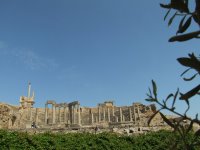
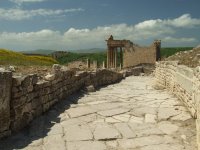
At the end of a long trip, there's always a risk that you can be 'ruined' by too many ancient sites. Indeed, many of my travelling companions suffered from this affliction and I made the trip to Dougga (a couple of hours south of Tunis) on my own, slightly wary that I was, myself, a little jaded by the ancient splendours we had already seen such as
El Jem,
Leptis Magna,
Sabratha and
Apollonia.
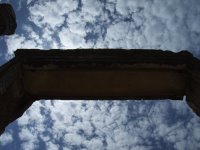
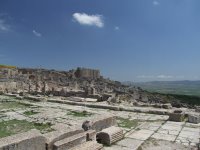
My fears were unfounded. Dougga, especially in springtime, is well worth the trip. Perched on a hilltop the sprawling ruins are liberally sprinkled with colourful spring flowers and insects busily buzz around - the new citizens of this long abandoned town. There are almost no tourists and the size of the site means that you can go for 15-20 minutes between people sightings, which is always a plus.
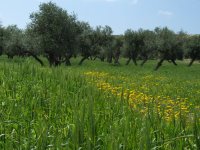
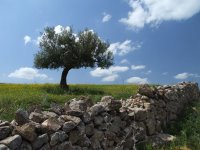
The ruins are impressive. Baths, houses, temples and a theatre. Plus the flora and fauna - sheep graze in the old bath houses and olive treest grow on the edge of the ancient roadway. And the view from the temples - across the valley floor - are beautiful.
0 Comments:
Post a Comment
<< Home